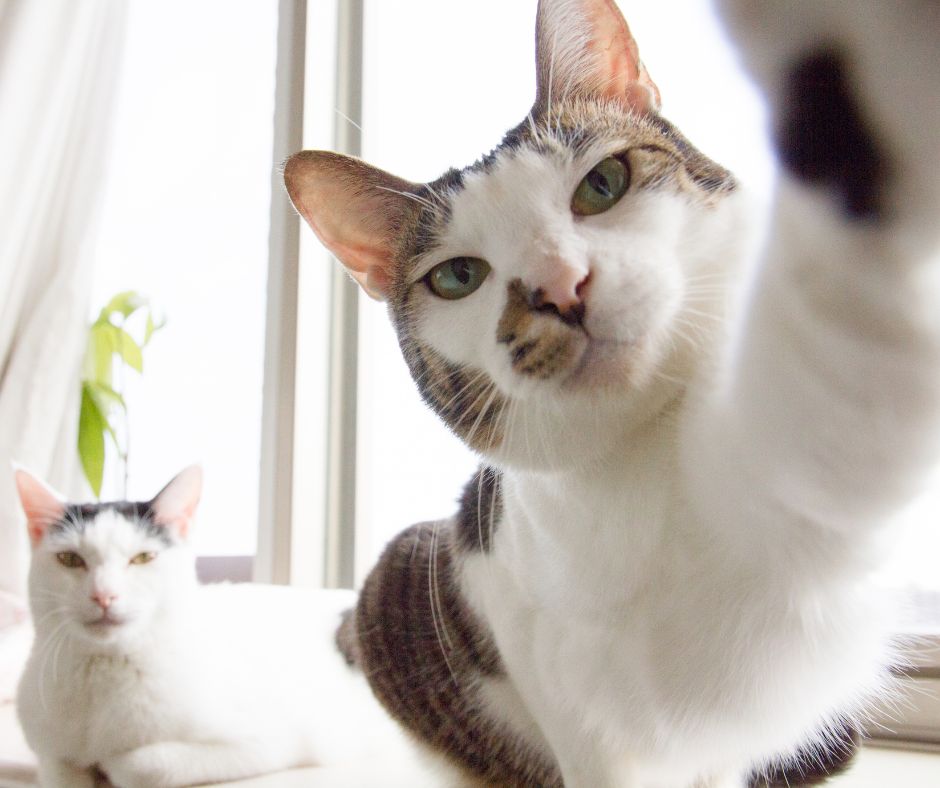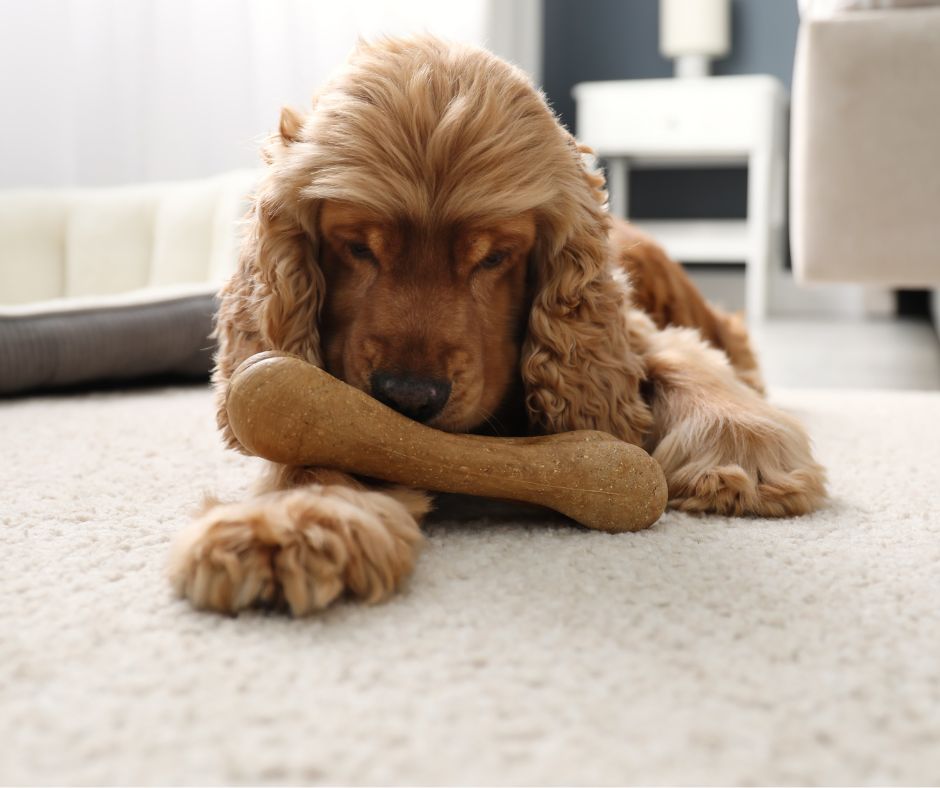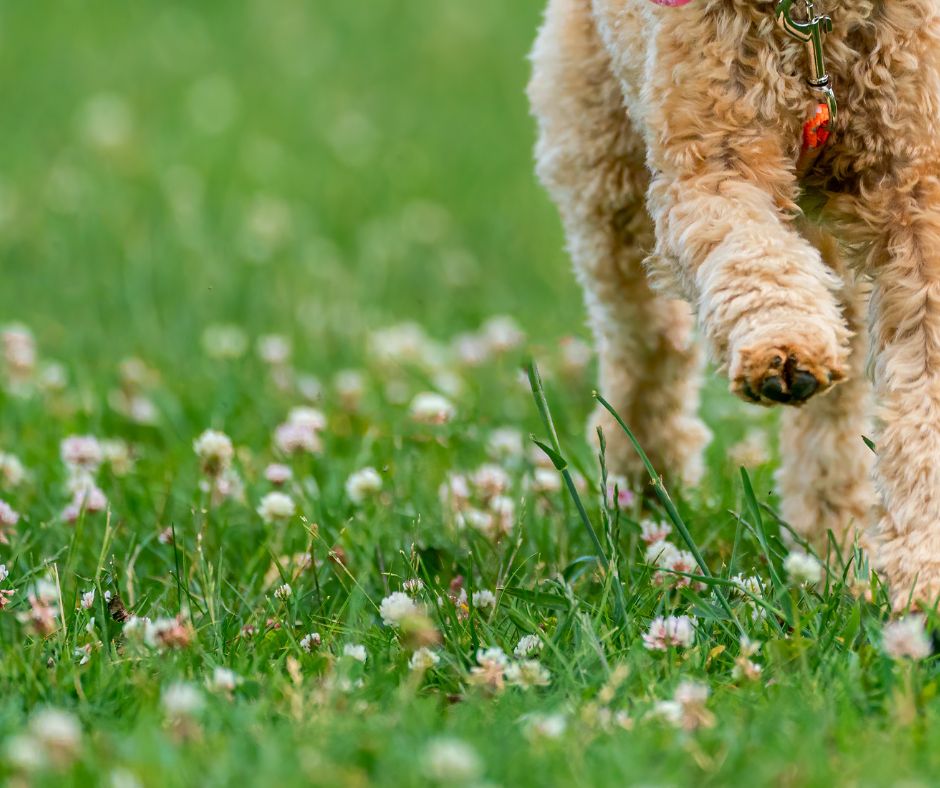- Home
- Home Remedies
- Cat Fleas & Apple Cider Vinegar
Cat Fleas & Apple Cider Vinegar
How to Use It Safely for Your Pet
We’ve all been there - watching our cats scratch and paw at themselves, uncomfortable and annoyed by those pesky fleas. As a pet parent, it’s heartbreaking to see them struggle.
While there are plenty of treatments available, you might be looking for something gentler or more natural for your furry friend. That’s where this creative remedy comes in.
Cat fleas and apple cider vinegar are often mentioned together as a natural remedy.
ACV is known for its ability to repel pests, soothe irritated skin, and promote healthy fur. Many cat owners turn to this simple solution for help.
It’s an easy and affordable option for those who want to try a more natural approach. If you’re dealing with these pests, it might be just what you need.
Let’s explore how it may help your furry friend feel better. This simple solution could provide the relief you're looking for.
What Is Apple Cider Vinegar and How Does It Help?
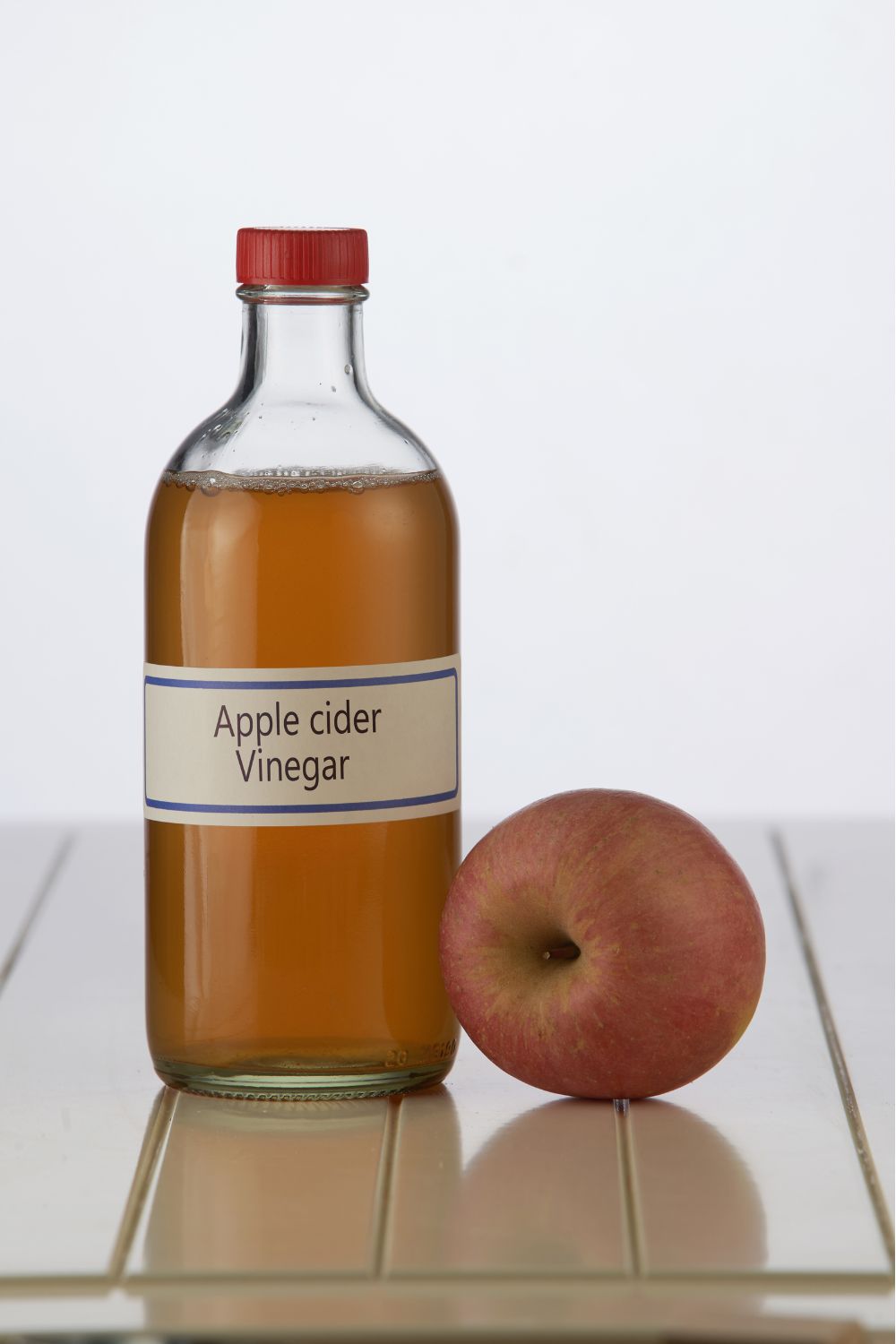
Apple cider vinegar (ACV) is a common kitchen staple known for its many health benefits. It’s made by fermenting apples and has a distinct, slightly acidic taste.
The acidity can help repel pests, including cat fleas - and it's believed to make your kitty’s skin less attractive to them.
It also has antibacterial properties that can soothe irritated skin and prevent infections caused by scratching.
While it won’t kill on contact like some chemical treatments, it can work as a deterrent, making the fur less appealing to these pests.
Additionally, using it as a rinse or spray may help relieve itching and inflammation. While it’s not a quick fix, it can be a gentle, natural option for managing pets and calming skin. Keep in mind, results may vary, and it’s always a good idea to check with your vet.
How to Use Apple Cider Vinegar for Fleas on Cats
This is a helpful tool in fighting cat fleas - apple cider vinegar is easy to use in different ways. Here are two simple methods:
ACV Flea Spray:
Mix equal parts water and ACV in a spray bottle. Lightly spritz the fur, but avoid the face, ears, and sensitive areas. Always test a small patch of fur first to make sure there’s no irritation. This can be done daily for flea prevention.
ACV Bath:
For a feline weighing 10 lbs or more, add about 1/4 cup of apple cider vinegar to their bath water. Gently rub it into their fur, especially areas where pests like to hide.
Rinse thoroughly to remove any vinegar. This helps calm itchy skin and may reduce irritation from flea bites.
Remember, these methods are gentle and natural, but they won’t kill on contact. Be patient and consistent, and always consult your vet if you have concerns.
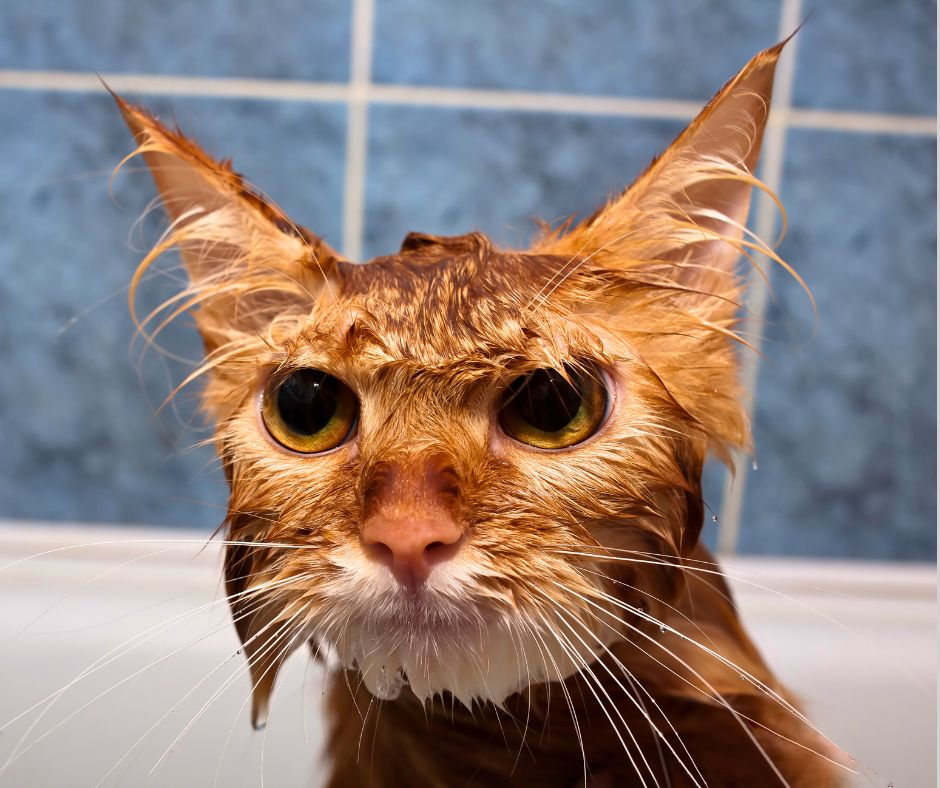
Precautions & Safety
While apple cider vinegar can be helpful for managing cat fleas, it should be used with care.
ACV is strong and may cause irritation if used too often or in high concentrations.
Always dilute it with water before applying it to your cat's fur. Start with small amounts and watch for any signs of redness, itching, or discomfort.
If your cat has sensitive skin or any health issues, it’s best to consult your vet before using it. Some cats may have allergic reactions to vinegar, so testing a small area first is important.
Also, never apply it directly to open wounds or cuts. If your cat shows any signs of irritation or discomfort, stop using it immediately and rinse the area with water.
Using this method carefully can help keep your kitty comfortable while dealing with fleas.
Is Apple Cider Vinegar Dangerous For Cats?
Apple cider vinegar has a pH of around 2-3, which makes it acidic. For most felines, the acidity of ACV isn't a major concern when used externally in diluted forms, but it can potentially cause irritation, especially if kitty has sensitive skin or any cuts or wounds.
If your cat licks themselves after you apply diluted ACV, the amount they ingest would be very small. It’s unlikely that they would consume enough to cause harm.
However, ACV is acidic, and in large amounts, it could irritate their digestive system, potentially leading to stomach upset or digestive issues like vomiting or diarrhea.
To avoid any concerns, it's best to:
- Dilute the ACV well before applying it to fur.
- Use it sparingly, particularly if your cat is prone to licking themselves.
- Monitor them for any signs of discomfort or digestive issues after they groom themselves.
If you're worried about your cat licking it off, you can apply it when they're less likely to groom, or even distract them with a fun activity to keep them from licking it immediately after application.
As always, if you have concerns or if your cat shows signs of distress, it’s best to consult with your veterinarian before using ACV as a treatment.
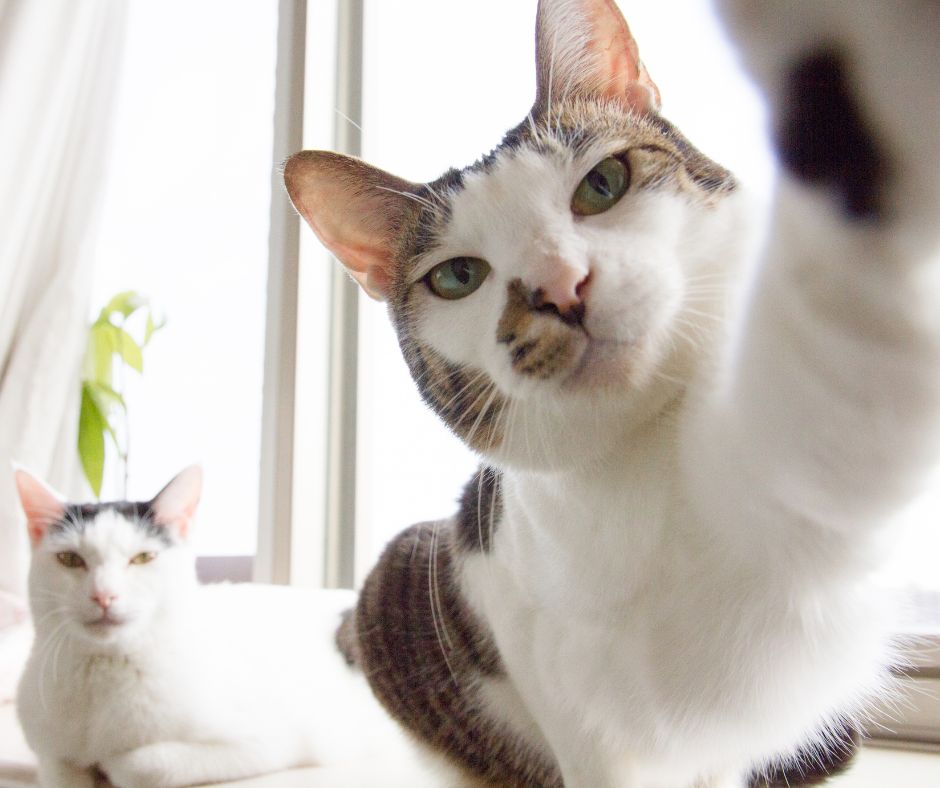
Other Benefits of Apple Cider Vinegar for Cats
This natural remedy offers more than just a way to manage cat fleas - apple cider vinegar can also improve overall health. Here are a few other potential benefits:
- Improves Digestion: ACV may help balance your cat’s stomach acid and support digestion.
- Reduces Dandruff: Its acidity can help control dandruff and flaky skin.
- Promotes a Healthy Coat: Regular use may lead to a shinier, softer coat.
- Balances pH Levels: ACV can help maintain your cat’s skin pH, promoting healthy skin.
As with any DIY remedy, it’s important to use apple cider vinegar in moderation and consult your vet if you have concerns.
This can be a helpful, natural remedy for managing cat fleas and soothing itchy skin.
While it won’t kill pests on contact, it can deter them and promote a healthy coat. ACV may also offer additional benefits, like improving digestion and reducing dandruff.
Always dilute it before applying it to your cat's fur, and monitor for any signs of irritation.
If you're unsure about how to use it or if your kitty has sensitive skin, it’s a good idea to consult with your vet.
Have you treated cat fleas with apple cider vinegar?
Top of Cat Fleas & Apple Cider Vinegar
« back to Home Remedies

